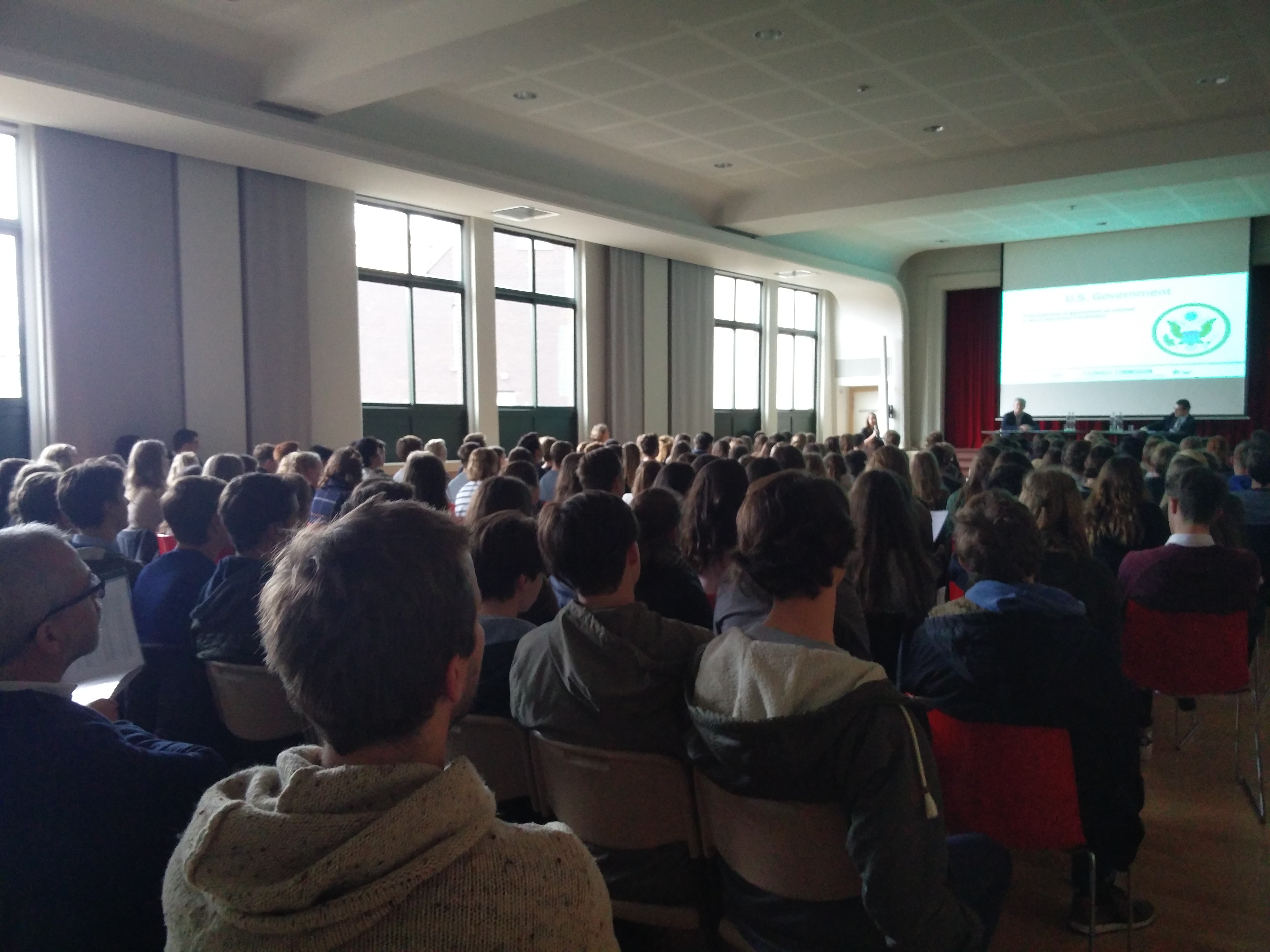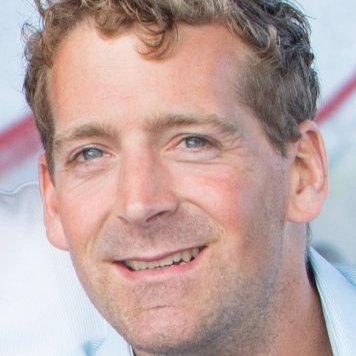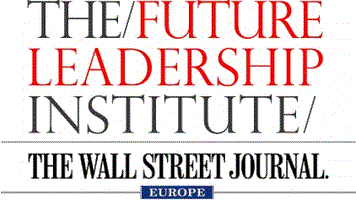 Floris Buter is the Managing Director Commercial Enterprises of the Virunga National Park in Africa. He is responsible for the identification, conceptualization, implementation and operation of all commercial opportunities in and around Virunga National Park.
Floris Buter is the Managing Director Commercial Enterprises of the Virunga National Park in Africa. He is responsible for the identification, conceptualization, implementation and operation of all commercial opportunities in and around Virunga National Park.
Virunga is truly the crown jewel of Africa’s national parks. The park contains over 50% of sub-Saharan Africa’s biodiversity and is home to about 200 of the earth’s last 720 critically endangered mountain gorillas. Virunga is the oldest national park in the Africa. Despite this, the forests and amazing animals of the park, most notably the mountain gorilla, are in a desperate fight for their survival. In June 2015 Floris Buter explores the region of Rumungabo in Goma on a 12 day road trip in order to gather topography data for a hydro-power project. The collected data are wired to the Belgian engineering firm TPF. They need the data to make a feasibility study.
PROJECT DIARY Topographical Feasibility Study In Hydro-Power Project
Day 2: Rumangabo – Goma
6:06 I get up and take a shower 6:15 I walk to our car, a land cruiser that is marked V08, to brush my teeth. I greet the children that are already up and running and for who I am, even after more than 2 years, still a phenomenon. I put my $2000 dollar from my bag into my pocket, I leave the bag in the car and I walk to the CCOPS (Central Central Operations), the radio-room that controls all movements of the park. Here I ask Augustin whether all is going as planned. He confirms and explains to me again what the security plan is:
- We are getting one armed ranger to take us from Rumangabo to Matebe to Kahunga. Here the guard will get off and go back in the V22 (Landrover) that is waiting for him there.
- In Kahunga we get another escorte; This time there are 2 armed guards
- Then when we reach Rwindi, the HeadQuarters of the Southern sector, we leave the 2 guards from Kahunga and get 2 new guards which will be with us the rest of the mission. Because the V22 will be very early in Kahunga, Augustin urges me to leave a.s.a.p. this means at 7:00. I agree and thank Augustin.
6:42 I hurry to go to the mess tent where I meet Zébédée who is already eating his breakfast:
- A big mug of tea, lots of sugar, lots of cream
- A piece of white bread with butter and peanut butter
- A piece of white bread with butter and ‘confiture’
7:00 We leave Rumangabo and drive through the endless coffee plantation of Katale and past the airstrip. On the road we see construction workers preparing the terrain to build the grid for the Matebe power plant. They are cutting trees and digging holes in the ground. The have white helmets and bright orange construction workers uniforms. 8:12 We arrive at the Matebe construction site. We only have to be here to load material we need to for our topography work: -2 red-white adjustable rods to hold the reflectors -2 reflectors with bright orange visibility plates -2 holders to keep the rods vertically without holding them -A parasol -A centimeter meter -A water tank I remember I left my workers shoes in Matebe when I left for the hospital to treat malaria a month ago, so I also bring them with me to the car… 8:34 CCOPS calls. Augustin asks with haste in his voice where we are. When I tell him that we are still “only” in Matebe, he urges me to hurry up because the V22 is waiting for us and doesn’t want to wait too long. I confirm Augustin I will hurry up. I quickly walk to the office of the site manager Daniel Perez to shake his hand and to urge him to send another Total Station to Goma to get the data out of there. That way we can send the data of the previous topographer hydro-power site to the Belgian engineering firm TPF. They need the data to make another feasibility study. Daniel asks me how I am and whether I am already fully recovered from the Malaria I had. I smile and I confirm. I shake his hand and urge myself back to the car. This is the moment I see Zébédée and Papy. I tell them we need to leave as we are running late. And yes, Zébédée runs away, saying that he really really needs to go to the bathroom. He will be back in no time. 8:48 We leave Matebe, we drive past the entrance of the factory and the penstock that is being build there. We decided earlier to take a look on how the work progresses and shake some hands of friends who are working there, but since Augustin from CCOPS is pushing us to hurry up, we skip this plan and drive back to Rutshuru. 8:52 CCOPS calls. Augustin: “Floris, tu es déjà partie de Matebe? Vous-êtes où maintenant ?” (Floris, did you leave Matebe already? Where are you guys at the moment ?) Floris: “Nous sommes presque à Rutshuru Ville.” (We are almost at the city of Rutshuru) Augustin: “Oh OK Merci.” (Oh OK Thank you) 9:03 We cross the town of Kiwanja and we stop to buy a box of Rwenzori 0,5 L water bottles. 9:15 We arrive at Kahunga, the V22 is there, we get out of the car, shake hands here and there with the rangers and FARDC soldiers occupying the patrol post of Kahunga. Then we meet the new escort. This time it’s an ICCN guard, who takes place in the passenger seat. A FARDC soldier takes place in the back on the left, just behind the driver. We leave. Driving through corn fields and manioc fields we see a lot of people next or in the middle of the road. This is the part of the route that is and has been very dangerous since a long time. One of the reasons becomes clear when we suddenly see a blue “Parc Nationale des Virunga” sign on the left. The manioc and corn fields abruptly stop, immediately making way to the thick bush of the park. On the right side, the corn fields continue a little bit further but then, also on the right, the park suddenly begins: savanna with thick bushy trees. This is the point from where elephants and hippo’s can be seen. The check point. We pass the ICCN check point just before the bridge over the Rutshuru river. We cross the river. There is a lot of water, which makes sense since it is the rainy season. We continue and drive through the thick jungle that is surrounding the Rutshuru. Occasionally we see some savanna and sand dunes. We pass the “Maji ja Moto”, hot water springs, to finally arrive at the savanna’s surrounding Rwindi. Rwindi. In Rwindi we meet Jamo and Philiphili, two guys from Belgium on a special and secret mission. We meet the guards in charge of the radio room of the central sector, COPS (Central Operations) and we meet Balemba, the new chief warden of the central sector who replaced Rodrigue (starring in the Virunga Movie), who is now working in the park Kauzi Biega in South Kivu. Mapendo. A special resident of Rwindi is presented to me: a baby girls baboon. I immediately decide to call her Mapendo (love in Swahili). At first I am a little hesitant because of diseases. I am also worried about the small bugs living in and on this pretty baby baboon, but when I see Papy holding her and treating her like a human baby, I want to try it for myself. Within no time, Mapendo is all over me. She climbs our car, biting electronic charging wires and the reflector bags. When I finally get her out of the car, she decides to grab my leg and hold on to it no matter what. When Papy sees this, he suggests I now should take care of her, walk to the “mama’s” selling banana’s and buy one for Mapendo. I do as suggested and walk to the women with Mapendo still holding on to my leg. I buy 10 banana’s, 2 bags of salted pealed and dried peanuts and 2 bags of salted unsealed wet peanuts. While purchasing the items Mapendo lets go of my leg, relaxing for a moment. She suddenly jumps on me and before I know it, she is sitting on my head and breathing in my right ear. While I offer her multiple times a banana I rip of from the other 10, it is not until Papy peals one and offers it to her, that she accepts it. I guess she is still too small to peal or even properly hold the banana herself. While we are having some pleasure with Mapendo, our new escort is printing out their “ordre de mission”, an official letter stating their mission by the park director. When the letters are finished, the new guards are eager to start the mission. One of the guards grabs Mapendo and tells me to get into the car quickly. Mapendo screams, bites and scratches. She doesn’t want to let me go. I have mixed feelings, but I know I don’t want to take a baby baboon called Mapendo on a topography mission. Papy starts the car. Mapengo clings to the roof rack. While we leave the post it is clear Mapengo is not in favor of the bouncing of the car on the African roads. She decides to let go and jumps from the roof on the windshield. Via the engine top she jumps into the bushes. Bye bye Mapendo, lot’s of love to you and see you one day when you’re a big lady baboon woman… Curve in the road. We stop at the Rwindi gate and buy 4 fried Tilapia’s and 3 peaces of fried Catfish from the women selling them there. Delicious. Driving past Rwindi we see besides the stunning savanna landscape with the blue mountains in the back a heavily armed UN base, baboons and antelopes. While the Savanna gets more and more dense with trees, we slowly start to climb the mountains. The bad gravel road changes into a much better tarmac road. Halfway the climb I notice the team starts talking vividly to each other in Swahili. They are pointing to a curve in the road. I understand their excitement. Six months ago a FRDC Landcruiser pick-up full with soldiers went through its brakes and took the short road down with a devastating result: No survivors. While continuing our climb and I can see a small river flowing down the mountain. I make a note to myself this is indeed a very small river and although the drop is quite impressive (400 m), the flow rate is way too small to make this a competitive hydro-power site. It’s good that we did not select this river. We pass the barrier on the top of the climb, we leave the park and enter Kanyabayonge. A city known to have a lot of FDLR links. Kanyabayonga. From Kanyabayonga the road goes north following the top of the mountain range and therefore, approximately, the water separation line between the Nile and the Congo basin. The weather is beautiful. The dirt road is bright yellow, the hills are deeply green, the houses are made of mud, straw roofs and coated waved sheet metal. There are a lot of motorbikes, TVS and Senke’s, almost no cars and here and there a heavily overloaded Mitsubishi Fighter Fuso truck. We continue our way through the curvy dirt road, the N2, the second national road of the Democratic Republic of Congo. Kayna. In Kayna there is a rare piece of tarmac still holding on. Kayna is agglomerated to Karumba. There is a garage where we sometimes fix our Senke dirt bikes and our cars. It is also the place where the grandmother of our previous team member Emery Mbavumoja (means ‘one rib’) used to live. I remember Emery once asked to stop our vehicle when passing Karumba. He asked permission to quickly go and say hi to his old grand mother. Sadly she passed away last week. Kirumba. In Kirumba, there is no work. I am in a hotel called Masereka. A man called Gerlas tells me he earns $20 per month. He asks me to bring him into the ICCN organisation and give him a real job. In the past, in Kirumba, we most of the time staid at the place of the ‘prêtre’ (the priest) and with the ‘soeurs’ (the sisters). This time, I decided I wanted a different experience and so Zebedee brought us to hotel Masereka. The fanciest place in Karumba. $15 per night. Notes by Floris Buter Are you a scientist, adventurer or explorer on a mission ? The 7R Future Leadership Institute supports nature research and exploration. If you are a scientist, adventurer or explorer on a mission, we are interested in your story. Please contact us via info(at)fli.institute to discuss terms and conditions.
Categories: Nature Research, Research, Virunga National Park Research
















